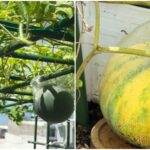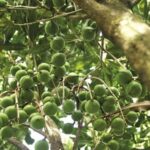Propagating Woolly Dreamleaf Plants
To begin growing woolly dreamleaf plants, start by sourcing high-quality seeds. Once you have the seeds, the next step is to germinate them into seedlings.
However, this method is often time-consuming, labor-intensive, and costly, making it less appealing for many gardeners.
A more popular and efficient alternative is the stem cutting technique. This method is not only simpler but also saves time and resources.
By selecting healthy stems from the parent plant, you can easily propagate woolly dreamleaf without the complexities of seed germination.
Using stem cuttings ensures you’ll have robust woolly dreamleaf plants ready for harvest in a shorter timeframe.
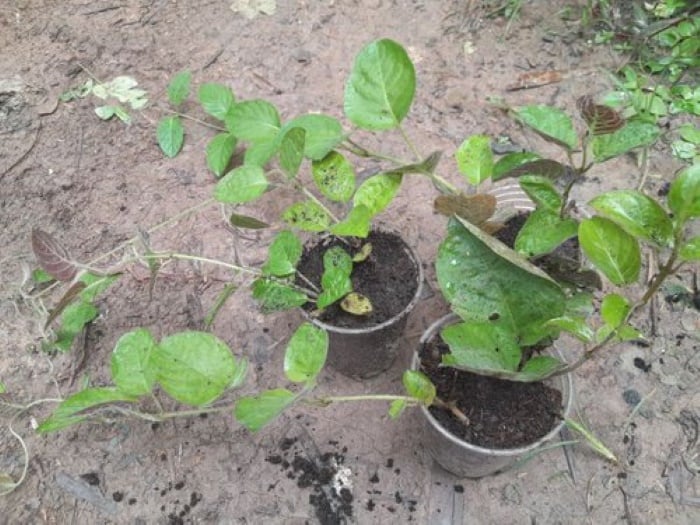
Soil Preparation for Woolly Dreamleaf
Woolly dreamleaf is highly adaptable and thrives in various soil types. You can purchase pre-mixed soil or create your own by blending it with organic fertilizers like composted cow manure, chicken droppings, or worm castings.
Enhance the soil further by adding amendments such as rice husks, coconut coir, peat moss, and organic humus for optimal nutrient retention.
Before planting, apply lime and sun-dry the soil for 15–20 days to eliminate potential pathogens.
Simple Steps to Grow Woolly Dreamleaf
Step 1:
Select healthy, disease-free woolly dreamleaf plants, ideally at least 2 years old, to ensure robust cuttings.
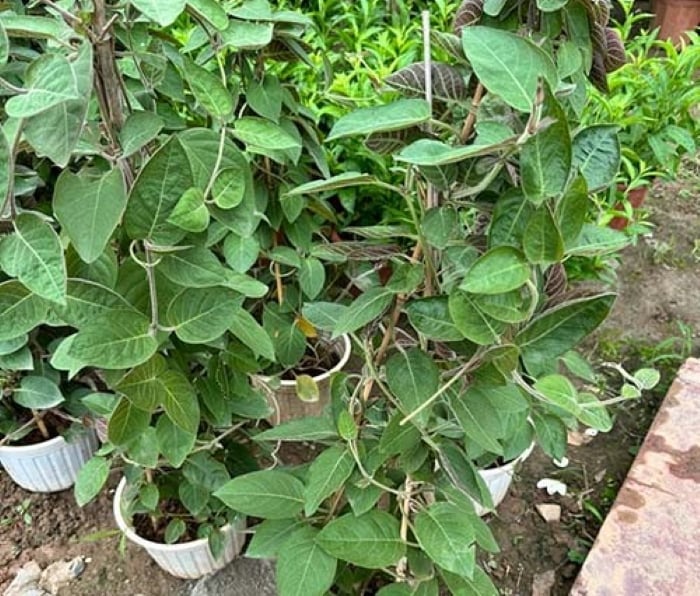
Step 2:
Cut a 25–30 cm stem segment, known as a cutting, retaining 2–4 leaf nodes for better growth.
Trim excess leaves to reduce stress on the cutting during its initial development phase.
Step 3:
Insert the cutting directly into the prepared soil, firming the soil around it for stability. Water thoroughly to maintain moisture, crucial for root establishment.
Shield the cutting from harsh weather with a temporary cover. Water daily for the first month to encourage root development.
After the second month, reduce watering to 1–2 times weekly.
Step 4:
Apply organic compost or worm castings 20 days after planting to provide essential nutrients for healthy growth.
Repeat fertilization after 1–2 months to sustain nutrient levels.
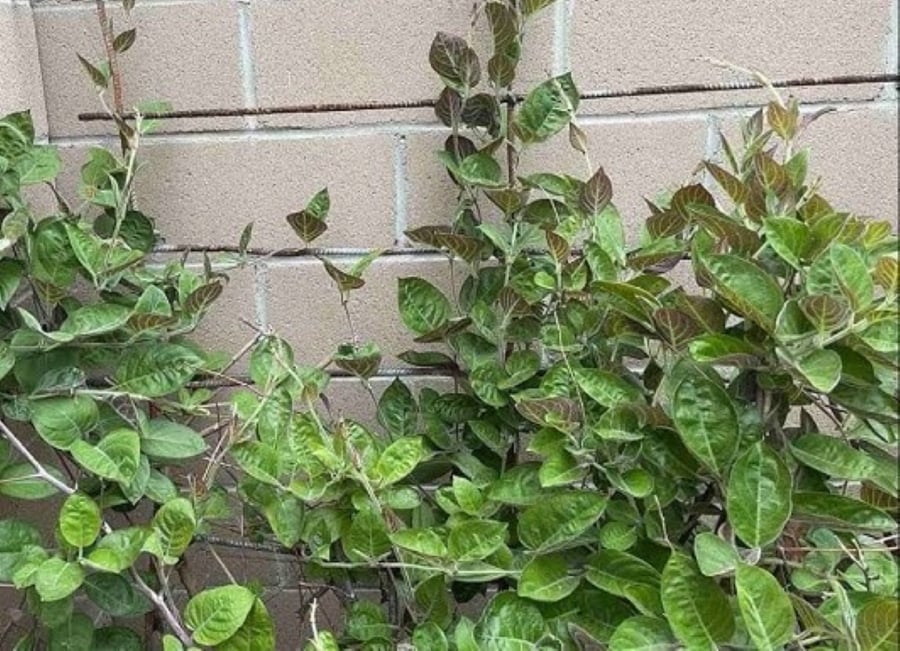
Step 5:
As a climbing plant, woolly dreamleaf requires a trellis once it reaches 30–40 cm in height.
For garden settings, plant near fences, walls, or under shade trees to facilitate climbing.
Caring for Woolly Dreamleaf
Proper care during the initial stages is vital for healthy growth. Water daily, especially in the first month, to support root development.
After a month, reduce watering to 1–2 times weekly, adjusting based on weather and soil moisture.
Once the plant reaches 10–20 cm, install a trellis to aid climbing. Alternatively, use existing structures like fences or trees.
Keep the planting area weed-free and loosen the soil regularly to enhance nutrient absorption and reduce competition from weeds.
Fertilize with organic matter after 20 days, followed by another application 1–2 months later for continuous growth.
Harvesting Woolly Dreamleaf
Expect your first harvest 1.5 months after planting, depending on climate and care. Harvest leaves in the early morning or late afternoon for optimal freshness.
Pick leaves from young, healthy stems, avoiding damage to the plant’s base. Regular harvesting encourages new growth, ensuring a steady supply throughout the season.
The Green Thumb Dad: $3,200 and a Green Oasis on the Rooftop
“A lush and vibrant oasis, Anh Quoc’s garden is a sight to behold. With an abundance of vibrant vegetables and fruits, it’s a true feast for the senses. The carefully tended beds showcase a rainbow of colors, from the deep greens of leafy vegetables to the vibrant reds and oranges of ripe tomatoes and peppers. This garden is a testament to the owner’s dedication and passion, leaving all who behold it in envy.”
The Ultimate Guide to Growing Macca Trees in Vietnam: A Step-by-Step Technique
Macadamia nuts are a nutritional powerhouse, packed with a wide range of essential nutrients that offer an array of health benefits. But where do these wondrous nuts come from? Join us as we delve into the origins of the macadamia tree and explore the regions in Vietnam where it thrives. Uncover the secrets of its cultivation and learn the intricate techniques required to grow these delicious and healthy treats.



























